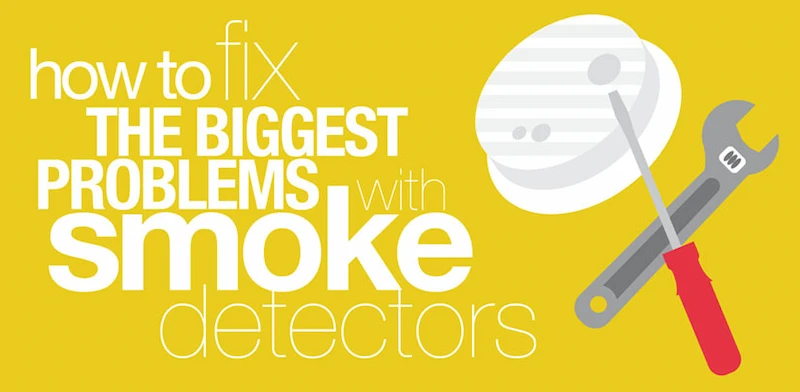
Mr. Electric highlights common smoke detector issues and solutions to ensure home safety.
|
On average, over 350,000 home fires take place every year, claiming thousands of lives. How are your smoke detectors functioning? Don't make these mistakes with your smoke detectors:
- Overlooking battery replacement. Batteries on smoke detectors should be replaced once per year at a minimum. If the batteries in your detectors are so old they've corroded into the receptacles, replace the entire unit.
- Ignoring monthly reliability tests. Even if batteries are new, test your smoke detectors monthly for reliability. If they don't pass the test, replace them.
- Installing smoke detectors that are all the same type. Smoke detectors come in two different types, each capable of detecting different kinds of fire. Photoelectric detectors detect smoldering flames. Ionization alarms are more responsive to flaming fires. Installing at least one of each type or combination alarms is essential for maximum protection.
- Failing to replace old smoke detectors. Did you know your smoke detector has an expiration date? Even if they appear to still work, the U.S. Fire Administration recommends replacing smoke detectors every 8-10 years to ensure reliability. Can't find the expiration date inside the alarm next to the battery or stamped on the back of the alarm? Your smoke detector is so old it predates today's manufacturing standards. Replace it immediately.
- Improper installation. When possible, do not install smoke alarms near kitchens, laundries, bathrooms, or fireplaces, where they may become activated by steam and normal fumes. Avoid placing them near air vents or fans where smoke could be blown away from the detectors. They may also malfunction in areas where temperatures fall below 32 or above 100 degrees F.
Make sure your smoke detectors are installed correctly.The U.S. Fire Administration recommends installing alarms both inside and outside sleeping areas. At a minimum, alarms should be located on all levels of your home, at least one near each sleeping area and preferably additional detectors in pathways between sleeping areas and exits out of your home. If you sleep with your bedroom door closed, smoke or use heat-producing appliances in or near your bedroom or have noisy appliances in your bedroom that could block the sound of a smoke detector (TVs, stereos, air conditioners, and more), it is especially important to install one inside each bedroom. Always use a licensed electrician when installing hardwired smoke alarms.
Alarms should be installed:
- In the center of the ceiling or at least 4 inches from the wall.
- High on the wall, in the area 4-12 inches below the ceiling.
- Avoiding dead air space such as ceiling peaks. For peaked ceilings, locate them within the 3 horizontal feet below the ceiling peak and at least 4 inches from any projecting structures.
- Interconnected on homes built in 1998 or later, so that one activated alarm sets off alerts throughout the system.
Smoke detectors save lives. Don't fall victim to these common smoke detector problems or behind today's recommended standards for protection. Contact Mr. Electric® today to ensure the proper installation and operation of these life-saving safety devices in your home.
